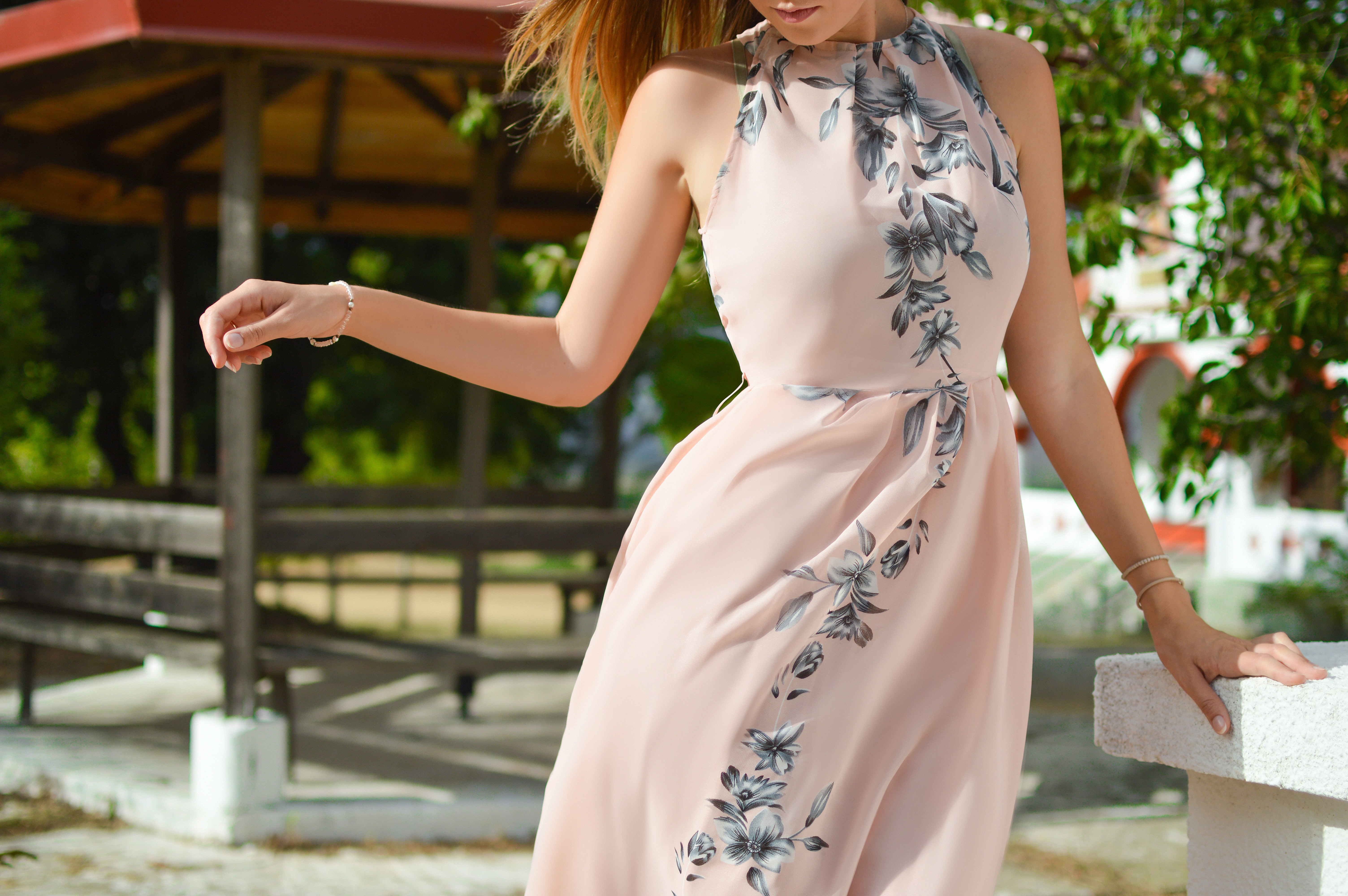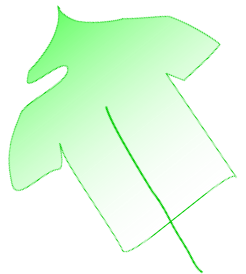Dresses and skirts

In this article we are entering purely female territory, or at least almost so. There are different types of dresses ranging from casual to wedding dress, with different sleeves and skirt length, different shapes and sizes and so on. Materials and fabrics for all of them can very considerably as well. Statistically speaking dresses aren't the most commonly bought clothing type in the world and as such dress purchase will take significant time investment for choosing the wright one in terms of fitting to particular women's body, it's materials comfort and so on. Skirts are probably little more commonly purchased and they are easier to fit as well.
In this guide we will talk about dresses' and skirts' production materials and not how to make sure the dress fits – I feel dress should be tried on to truly know if it fits (but maybe I'm wrong).
Commonly used materials and fabrics
Most of known fabrics and materials can be used in dresses and skirts production. From plant-based cotton, linen, hemp etc. to synthetic fibers as well as animal derived wool, silk and sometimes leather. Cotton and synthetics are most frequently used. Animal derived materials are used less often, still they are quit abundant on the market and worth paying attention to if we don't want to contribute with our money to the animal cruelty.
By the way, a little dress fitting tip – you should fit the size of your dress depending on type of fabric it's produced out of. If the fabric is stretchy, like nylon, polyester and other synthetics tend to be, you can buy the dress of your exact measurements size or maybe even tiny bit smaller and if needed it will stretch a little. If the dress made of non stretching fabric type you should probably choose dress size with little bit of wiggle room.
Buttons, zippers, decoration and other additions
Zippers are made of light metals and will always be vegan, just make sure your zipper doesn't have a leather pull attached to it. Buttons are mostly vegan too, although it is possible to find ones made of animal's horns – those are very rare and less reliable and manufactures won't typically use them but it is worth checking out. Decoration on the other hand can be made of animal based materials, like leather, pearls, ivory made from elephant tusks, cattle horns and so on. We strongly encourage you to check a decoration materials of and for your dresses and skirts. Some types of decorations can also be glued using animal derived adhesives (even though synthetic glues are most common and are on the rise). It is tough to check the ingredients of clothing glues - best way being asking the manufacturer.
- Dresses
- Dresses are long peaces of garment which typically covers person's hands and torso down to waist and legs. They differ in materials and designs and also may have different kinds of decorations and accessories associated with them. Most of modern dresses produsers are using man-made or plant based materials, although animal based materials (especially silk, wool fabrics or as part of a blended fabrics) are present enough on the market to keep an eye for during your dress shopping. It is especially important to watch out for belt, straps and other possible decorations' materials as those can frequently be animal based.
- Skirts
- Skirts are a garment covering your body from the waist down. Skirts very in length, shape, materials, color and more. Most modern skirts are mostly made from synthetic, plant-based or blended materials, but skirts made of silk, wool and leather or fabrics blended with those are common enough as well. You should mind skirt production materials during your purchase as well as materials of the accessories associated with it, like belts and decorations.
If you are into leather skirt aesthetics, looks and feel please consider buying a synthetic replacement. There are really great synthetic (nylon, polyester ) leather alternatives that are almost similar to leather in all it's features.
How to make sure of vegan dress or skirt purchase?
As for any other clothing type purchase, we advise on 3 main methods we have in our arsenal for ensuring type of materials our cloths are made out of. Those are: checking all the components on item's label, asking the store stuff and reaching out and asking the manufacturer for some information and clarifications. If you still have any doubt, you can seek advise from any vegan group – ether local you can meet with or online, they most likely will gladly help you.
Important ethical issues other then animal treatment
Although this site's main concern is for animal treatment and veganism, there are 2 more main ethics issues with textile industry, namely workforce ethical treatmen and environmental impact. Unethical workforce treatment in a textile industry is a major concern that should be taken into account by the consumers and is worth our time as a consumers to educate ourselves on.
Recycled and organic production will probably offer a better solution for ethical and environmental concerns, but not always and they are far from being the only 'woke' textile producers. Companies specializing on vegan or cruelty free clothing production are also probably a good bet on ethical and environmental issues, although those products, along with organics, are often more expensive. Please be aware on those issues and keep them in mind during your next shopping trip for a skirt or a dress.
